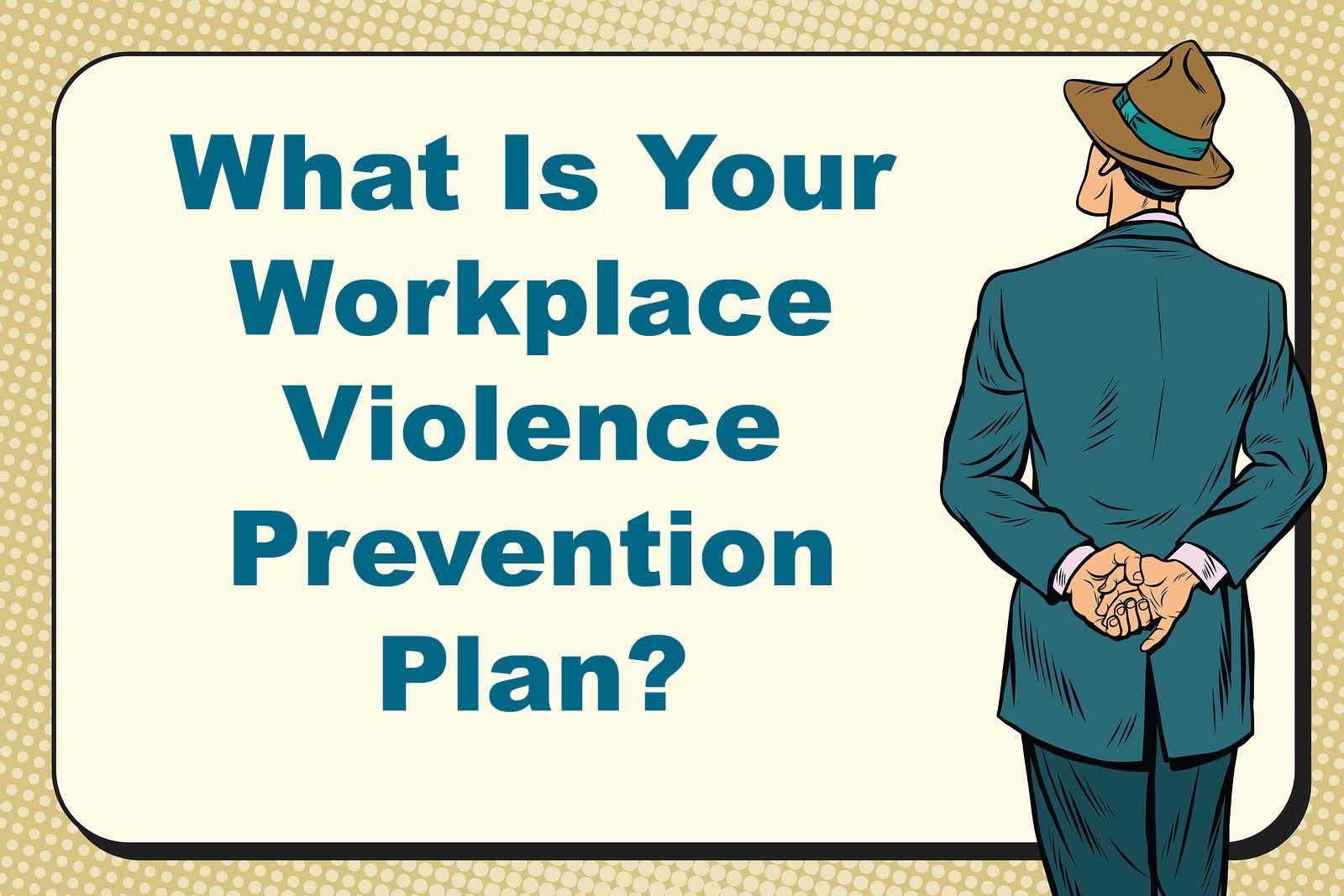Prepare for Workplace Violence Possibilities
Have you heard the expression “to be forewarned is to be forearmed”? No matter what business you are in, you benefit from your steps to prepare your team in advance.
In the world of Workplace Violence, how an individual perceives a situation will, in large part, will dictate their response.
We learned about ” tactical considerations” when I was in the police academy.
Each officer had a different perspective on what was necessary at the time. How each person interpreted those ‘tactical considerations’ deeply impacted how they saw each situation and what the right next action should be.
Think about incidents we come across in the media. One officer involved in a situation has viewed that situation one way and responds accordingly. In contrast, standing next to the first officer, another officer sees the problem differently and reacts differently.
In the recruit training, it was stressed to us repeatedly that communication between officers is key (critical, in fact). This communication could prevent, on the low-end, confusion between officers, and on the high-end, a dangerous gap that might result in someone getting hurt (or worse).
So, why is this important to you? It might not seem like it, but this applies to every situation where workers face a person whose behavior gives cause for concern.
Tactical Considerations
Here is the list of those ‘tactical considerations’ that impact our perception and, therefore, how we prepare our responses:
- What is my exit strategy?
- How quickly and exactly how can I get to safety if I need to do so?
- Can I disengage from this situation, and what would be the consequences of such disengagement?
- How does my appearance impact the situation?
- Do I appear confident?
- Do I appear professional?
- Do I appear competent?
- How many (if any) other employees are around?
- Are those employees obvious to the person with whom I am dealing?
- What is the availability of backup if I need it?
- Do any of my organization’s policies and/or procedures apply in this situation?
The list of ‘tactical considerations’ for police officers is more extensive, mainly because most employees are generally not wearing bulletproof vests or carrying around a sidearm! Still, the list that I have provided can, and should, act as a mental checklist for employees when they are starting to think about how they would react in certain situations.
Wearing Two Hats of Awareness
Employees face another problem when learning how to properly engage with people and appear welcoming but wary at the same time. I understand it’s tough.
After all, how are you supposed to be that stand-out Customer Service Attendant and yet at the same time be glancing nervously towards the “EXIT” door every two seconds? That’s where being “forearmed” comes into play. We need to teach our teams how to prepare and stay prepared. What they learn at work can help them anywhere they go. Moreover, this personal preparation should happen long before you even meet the person whose behavior concerns you.
Important aspects of that personal preparation revolve around your Physical and Verbal Approach to people.






